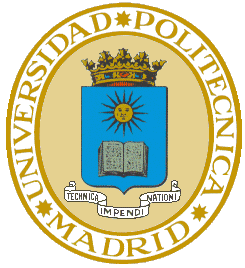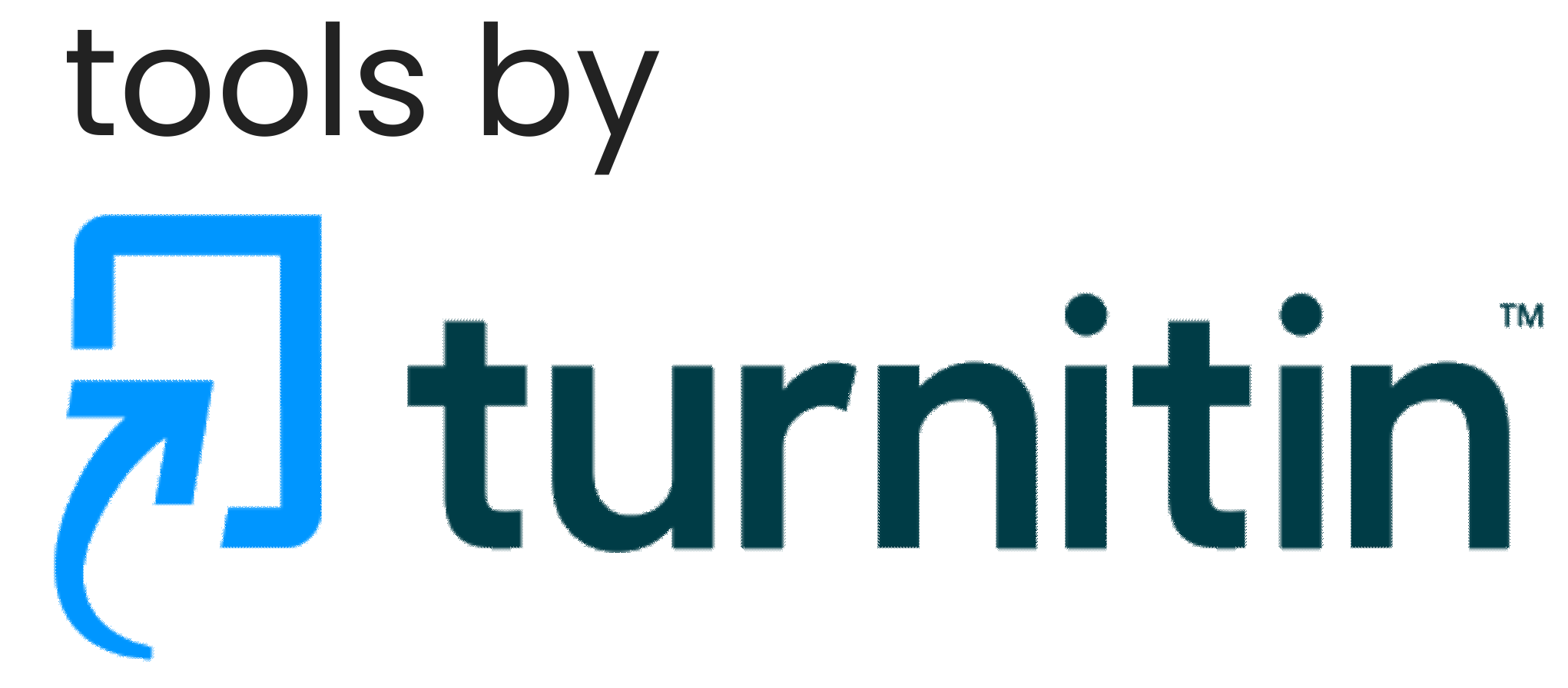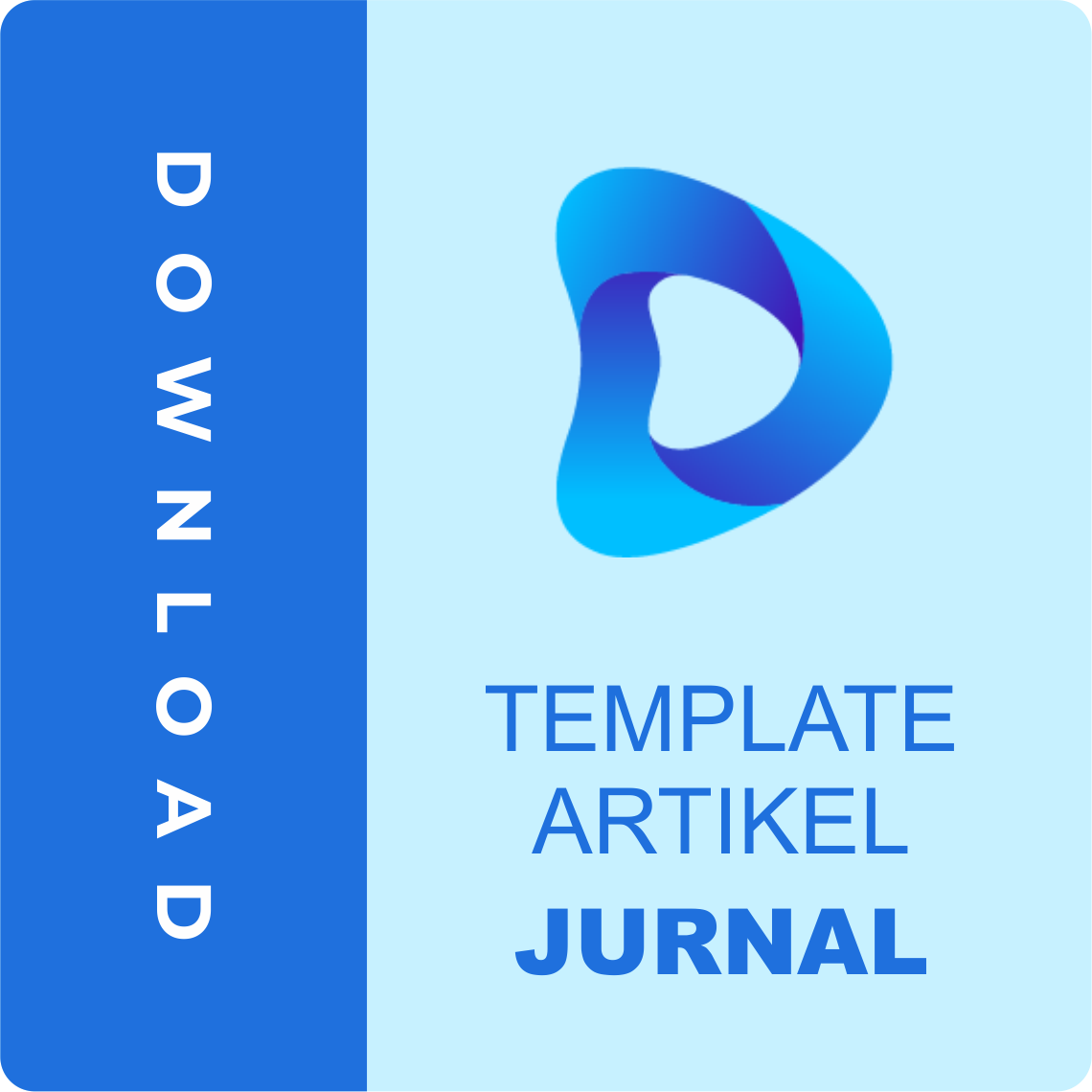Utilization of Traditional Hide and Seek Learning Media to Enhance English Learning Outcomes for Elementary School Students in Tana Toraja
DOI:
https://doi.org/10.59188/devotion.v5i3.697Keywords:
Education, Learning, Teachers, Benefits of Learning Media, English Language Skills, Traditional Game of Hide and SeekAbstract
This research aims to describe the effectiveness of utilizing the traditional hide and seek learning media to improve English learning outcomes for fourth-grade students at SDN 117 Rorre, North Makale District, Tana Toraja Regency. This research is a qualitative descriptive study with data collection through interviews, questionnaires, and direct field observations. The data analysis process involves data reduction, data presentation, and conclusion drawing. The population of this research includes fourth-grade students at SDN 117 Rorre, teachers, and the school principal. Hide and seek is a traditional game played by a minimum of two people. However, in this study, the traditional hide and seek game is modified into a learning model that can be used during the teaching and learning process. This study examines the improvement of English language skills among students in the topic of numbers. The research design is a classroom action research (CAR) that cycles through planning, implementation, observation, and reflection. Data collected includes children's activities and learning outcomes related to the traditional hide and seek learning model. Data is obtained through observation and tests. The results indicate a significant improvement in both teacher and fourth-grade student activities in SDN 117 Rorre in English using the traditional hide and seek model. Improvement is evident in both cycles I and II, with qualifications rated as fair in cycle I and improved in cycle II. This research concludes that utilizing traditional hide and seek learning media can enhance the learning outcomes of fourth-grade students at SDN 117 Rorre.
Published
Issue
Section
License
Copyright (c) 2024 Dina Gasong, Milka, Selvi Rajuaty Tandiseru

This work is licensed under a Creative Commons Attribution-ShareAlike 4.0 International License.
Authors who publish with this journal agree to the following terms:
- Authors retain copyright and grant the journal right of first publication with the work simultaneously licensed under a Creative Commons Attribution-ShareAlike 4.0 International. that allows others to share the work with an acknowledgement of the work's authorship and initial publication in this journal.
- Authors are able to enter into separate, additional contractual arrangements for the non-exclusive distribution of the journal's published version of the work (e.g., post it to an institutional repository or publish it in a book), with an acknowledgement of its initial publication in this journal.
- Authors are permitted and encouraged to post their work online (e.g., in institutional repositories or on their website) prior to and during the submission process, as it can lead to productive exchanges, as well as earlier and greater citation of published work.













